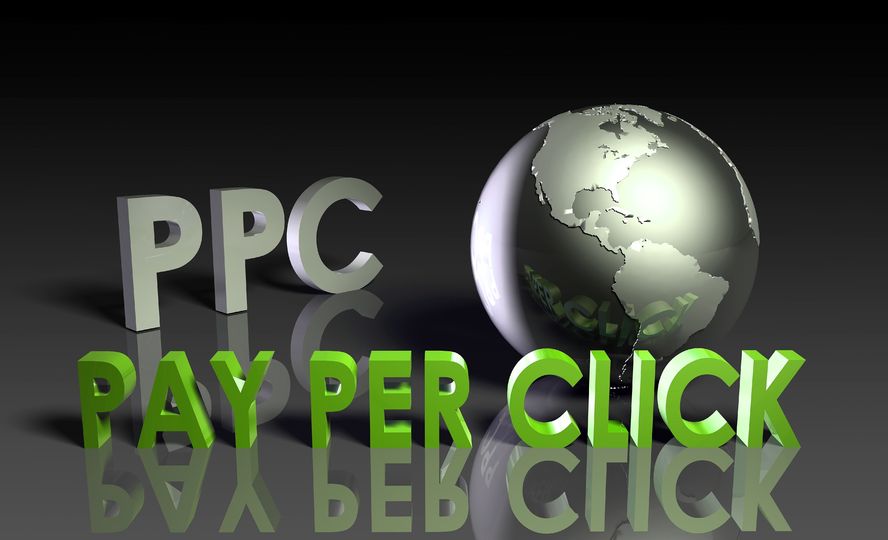Proceed with caution before outsourcing your Search Engine Marketing (SEM), including Pay Per Click, to third parties.
By Susan Saldibar
“We tried Pay-Per-Click and didn’t get any results.”
Jason McCloud, VP of Digital Marketing for Sage Age, a Senior Housing partner, hears this lament all the time. “Many providers, after trying Pay-Per-Click (PPC), don’t get the results they’re after. So they give up or hand it over to a third party.”
Jason urges senior care providers to proceed with caution before outsourcing their Search Engine Marketing (SEM), including PPC, to third parties. “Remember, they want to look good, even if their results are less than great,” says Jason. So they may not be as transparent in their reporting process and tactics. That means more generalized reporting, and many times not fully disclosing the deep metrics. “That takes the burden off their backs and places it onto yours. Just where you don’t need it,” Jason adds.
Here’s how to get control and drive results.
Jason has created a brief cheat sheet to help you take control of your search engine marketing.
-
Know the metrics and your goals. Below are 3 key performance indicators (KPIs):
-
-
Click-Through-Rate (CTR): 1.5% – 2.5% or higher is good. If less than 1.5%, re-evaluate your keyword lists and your ad copy.
-
Conversion Rate: 5% or higher (includes form fills and calls); anything less could indicate a conversion optimization (CRO) problem with your landing page (see best practices below).
-
Calls: The average call ratio is 3:1 form fill. Be sure to set up a dedicated call tracking number to track PPC calls separately from typical website calls. Also, keep in mind that not every call is a “lead”. Just like form inquires, all inquires should be tracked to gauge the true lead conversion ratio and ROI of your campaigns.
-
-
Use Best Practices as your guide:
-
-
Always have a dedicated and relevant landing page for each promotion; do not send people to your homepage or general webpage where they may get confused, or even worse, frustrated and bounce from your site.
-
-
- Make sure your landing page follows conversion optimization (CRO) best practices that drive conversions. (See sample landing page below).
- Make sure your landing page is mobile responsive and optimized. There are now more mobile searches than desktop searches.
- Make sure your landing page follows conversion optimization (CRO) best practices that drive conversions. (See sample landing page below).
-
-
An ad budget of $800-$1k or more per month (per location) will give you sufficient coverage in most MSAs for a conservative mix of short- and long-tail keywords.
-
Be sure to diversify your keywords lists with brand and geo specific keywords, not just general keywords (i.e., “assisted living”).
-
To increase inquiry quality, be sure to filter out all negative search terms (i.e., “jobs”, “low income”, etc.) on a weekly or bi-weekly basis.
-
Okay, we promised you a Google Adwords update…
Here’s the latest from Google:
-
Google Adwords: Last month Google officially removed the paid ads on the right side of the search results pages (SERP). Now sponsored ads only appear above and below the organic search results. To compensate, Google has added a 4th top ad position. While we don’t know the full impact of this latest update, it’s sure to drive up competition, and perhaps bid costs, for the now coveted 4th ad spot.
-
AdWords Customer Match: This is a new way to use PPC to retarget users whose email address you have in your database. With Customer Match, you can now leverage PPC to market directly to the cold and warm leads in your database.
And, yes, you can compete with the big guys.
“People tell me all the time, ‘We can’t compete with A Place for Mom or Caring.com’”, or “‘We’re just not good at this stuff’,” says Jason. “But the timing has never been better to get out there and start your own PPC campaigns. You can compete if you know the playing field. Others are competing and capturing the opportunity. Why not you?”
For more details on putting together competitive PPC campaigns and other digital marketing insight, visit the Sage Age website.








